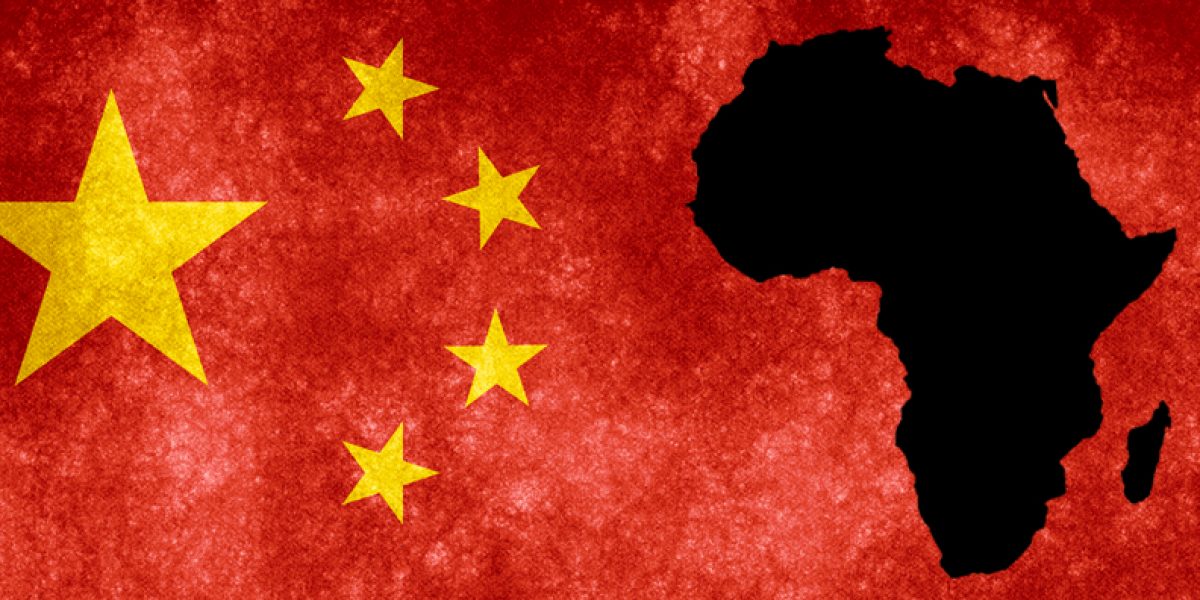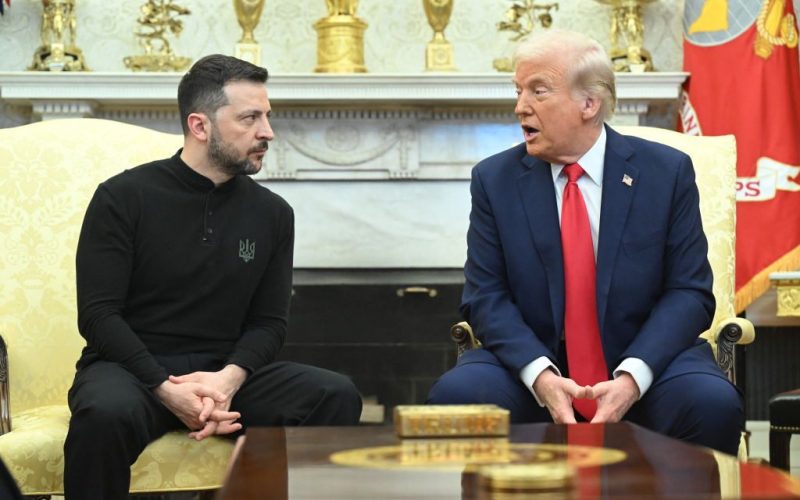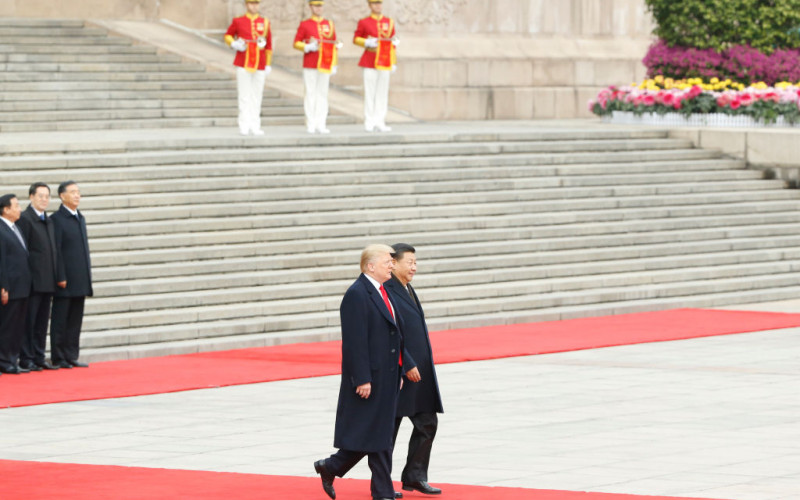Chinese ‘infrastructure-for-resources’ loans are ultimately a product of the convergence of Chinese and African interests at the dawn of the 21st century. This loan formula, swapping infrastructure for resources, came into being largely as a default strategy, inspired by China’s own domestic experience, its competitive advantages and African receptiveness to this kind of barter deal.
The paper explores how China has consistently used this approach over the past decade as a positive economic statecraft tool to pursue mineral resources security goals in Africa; and how the need to adjust its approach to challenges and new opportunities on the ground has led to noticeable shifts in recent years. It argues that, although infrastructure for resources remains an important tool to meet Beijing’s supply concerns, China’s strategies to access resource assets have become more diversified and market oriented, with its state-owned enterprises taking the lead and engaging increasingly in mergers and acquisitions.








